Software’s Role in Intelligent Mail
Home / Software’s Role in Intelligent Mail
The criticality of software in the mailing industry is well-established. Postage discounts are predicated on the use of CASS™– and PAVE™-certified software. The same can be said for the Intelligent Mail® barcode, or the IM®BC, as it’s often referred to.
The IM BC is the next generation in mail visibility and a new foundation for USPS® services, including address quality. Through the IM BC, mailers will not only know when their mail was inducted (officially becoming “mail”) but also have access to advanced address correction services.
The first field contains the Barcode ID, a two-digit number that identifies the sortation level for the piece. It directly correlates to the optional endorsement line used in flat-shaped mailings. For cards and letter-shaped mail, this field is typically filled with zeros. This information is provided by PAVE-certified software, used to sort the mailing.
The next field in IM BC is the Service Type field. This three-digit code is also software-calculated and reflects the class of mail and the services requested via the Intelligent Mail barcode. Services such as OneCode™ ACS™ (for address correction and Move Update compliance) or OneCode Confirm (for mailpiece tracking) are requested.
The third field is the Mailer ID, or MID. This six- or nine-digit field is assigned by the USPS to mail owners and preparers and thus is not software-calculated. However, software still plays a key role in this field. It is via software that mailers must choose to leverage the appropriate MID for a particular mailing.
The fourth field in the IM BC is the Serial Number. Optional for Basic Intelligent Mail use but required for Full Service, this unique number is mailer-assigned but software-managed. There are numerous ways to create and store a unique number in this field, but regardless of the methodology chosen, software will play a key role in generating the number and ensuring its uniqueness for the minimum 45-day requirement.
The fifth field is the Routing Code. This is the same 11-digit delivery point information managed by CASS-Certified software. The field can have a five-, nine- or 11-digit ZIP Code, or it could be left blank if the barcode is only used for tracking.
Regardless of whether you decide to leverage the Full Service aspects of Intelligent Mail or choose to ease into it via the Basic approach, software will continue to play a vital role.
What’s the Difference?
Unlike the current POSTNET barcode, the IM BC contains five fields of important information, thus transforming it from a delivery point barcode into an intelligent tracking and identification vehicle. All of this information is either directly or indirectly dependent on software.
Real-Life Application
A mail preparer may wish to use their own MID on a mailpiece in order to capture and present mail tracking information obtained via the OneCode Confirm program. However, the mail owner has also requested OneCode ACS for address correction and wants that data to flow back to them so that the source database may be updated. The solution for this complicated scenario is to leverage software to generate the appropriate IM BC on the mailpieces and then generate the appropriate “Cast of Characters” data within the electronic presentation of the mailing using the Mail.dat specification.
This article was originally published in the May-June 2009 edition of Mailing Systems Technology.

